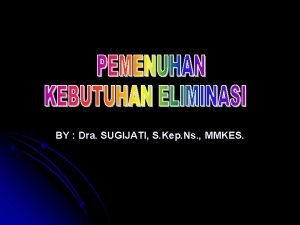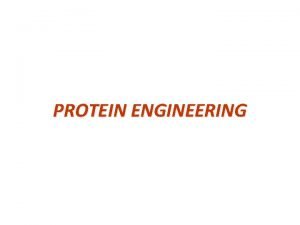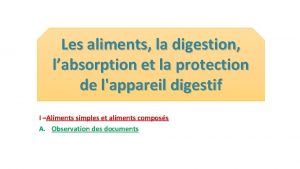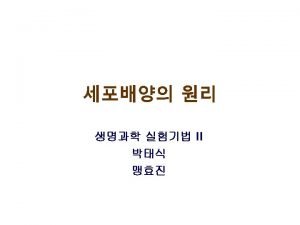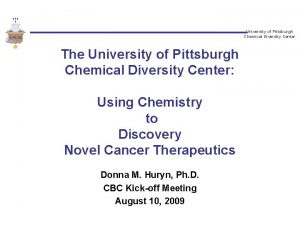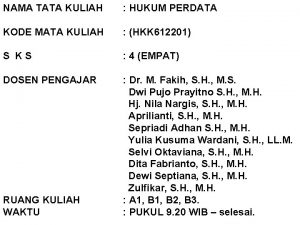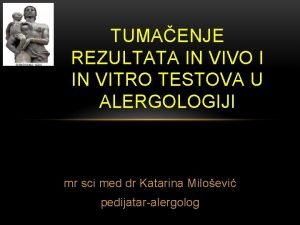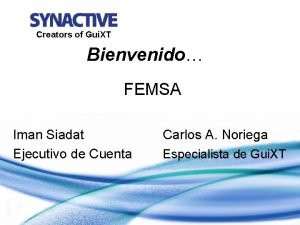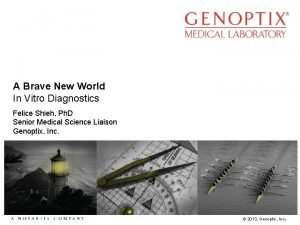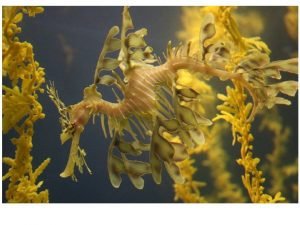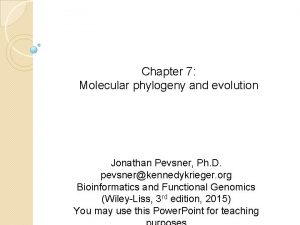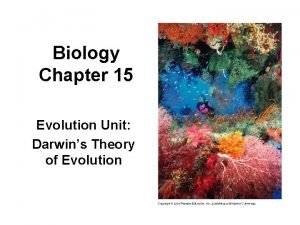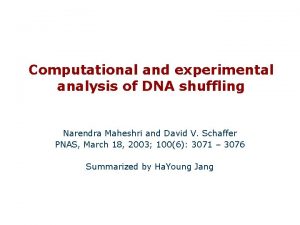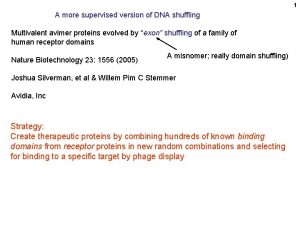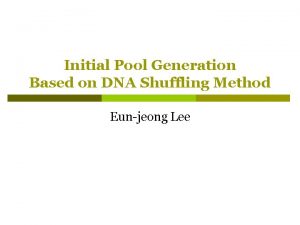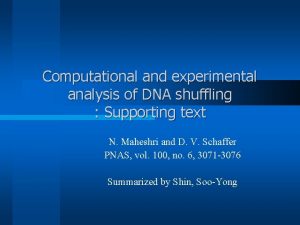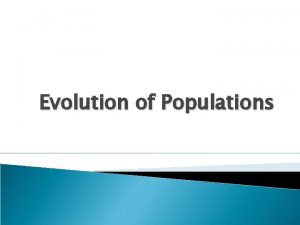DNA Shuffling the In Vitro Molecular Evolution Technique
















- Slides: 16

DNA Shuffling, the In Vitro Molecular Evolution Technique, and Its Use in the Initial Pool Generation to Solve 26 -Cities TSP Ji Youn Lee School of Chemical Engineering Seoul National University

References • W. P. C. Stemmer, DNA shuffling by random fragmentation and reassembly In vitro recombination for molecular evolution Proc. Natl. Acad. Sci. USA (1994) 91 pp. 10747~10751 • Fengzhu Sun, Modeling DNA shuffling

DNA Shuffling? !

In Vitro Evolution selection mutagenesis amplification Preparation of a pool of closely related molecules with different point mutations (through error-prone PCR or other mutation techniques such as oligonucleotide-directed mutagenesis).

DNA Shuffling

Substrate preparation DNase I digestion Sampling of fragments of lengths within a certain range 1 kb ds. DNA PCR products derived from p. UC 18 (reomoval of free primers) 2~4 ㎍ of the DNA substrate + 0. 0015 unit of DNase I per ㎕ in 100 ㎕ of 50 m. M Tris-HCl, p. H 7. 4, 1 m. M Mg. Cls for 10~20 min at RT Fragments of 10~50 bp were purified from 2% low meltin point agarose gels PCR without added primers 10~30 ng/㎕ of purified fragments 94℃ for 1 min (94℃ for 0. 5 min, 50~55 ℃ for 0. 5 min and 72℃ for 0. 5 min) 72℃ for 5 min PCR with primers 1: 40 dilution of the primerless PCR product into PCR mixture with 0. 8 m. M each primer and ~15 additional cycles And… a single product of the correct size is typically obtained Cloning and analysis

reassembly analysis by sampling after 25, 30, 35, 40, and 45 cycles of reassembly Results - When high concentration of fragments (10~30 ng/microliter) was used, the reassembly reaction was surprisingly reliable. - Reassembly process introduces point mutations at a rate of 0. 7%, which is similar to errorprone PCR. - The rate of point mutagenesis may depend on the size of the fragments that are used in the reassembly. - In contrast to PCR, DNA reassembly is an inverse chain reaction.

Its Application to the Initial Pool Generation

Advantages • More economic! – – No need of phosphorylation No need of ligase (terrible labour of course…) d. NTPs are much cheaper than oligomers We can use the saved money for the study of bead separation • More reliable! – No need of hybridization/ligation step – Lower concentration of the initial olgomers is tolerable? ! – We believe the potential of PCR • Originality? !

An Estimate of Oligomer Cost




Disadvantages • I have no experience! • I have no advisor! • Is it possible in the real world?

How It Works?

complementary vertex as a linker I species vertex weight complementary (part of vertex+part of weight) As a linker II species edge 0 annealing W 0 to 1 1 1 W 1 to 2 2 W 2 to 3 1 1 to 2 3 W W 2 extension denature c 2 W+1 Thinking… - Complementary strand의 존재로 인한, self-hybridization - 만약 linker를 20 mer가 아닌, 짧은 fragment로 design한다면? 10 mer 정도로. . 2 to 3
 Caeccum
Caeccum Exon shuffling spiegazione
Exon shuffling spiegazione Oligonucleotide directed mutagenesis
Oligonucleotide directed mutagenesis La digestion in vitro du pain par l amylase salivaire
La digestion in vitro du pain par l amylase salivaire Procedure for isolation of cell for in vitro culture
Procedure for isolation of cell for in vitro culture Vitro data center
Vitro data center Pembuahan in vitro
Pembuahan in vitro In vivo in vitro značenje
In vivo in vitro značenje Sap netweaver portal vitro
Sap netweaver portal vitro Felice shieh
Felice shieh Covalent bond
Covalent bond Ionic covalent metallic
Ionic covalent metallic Giant molecular structure vs simple molecular structure
Giant molecular structure vs simple molecular structure Bottleneck effect
Bottleneck effect Molecular biology evidence of evolution
Molecular biology evidence of evolution Neutral theory of molecular evolution notes
Neutral theory of molecular evolution notes The fruit of evolution chapter 15
The fruit of evolution chapter 15
